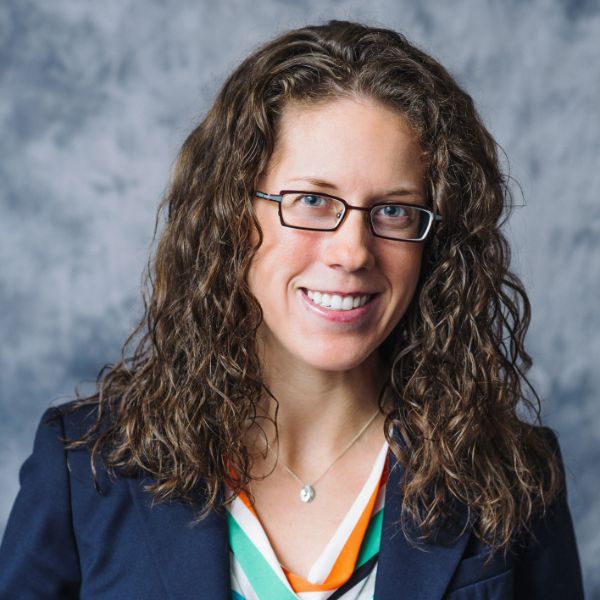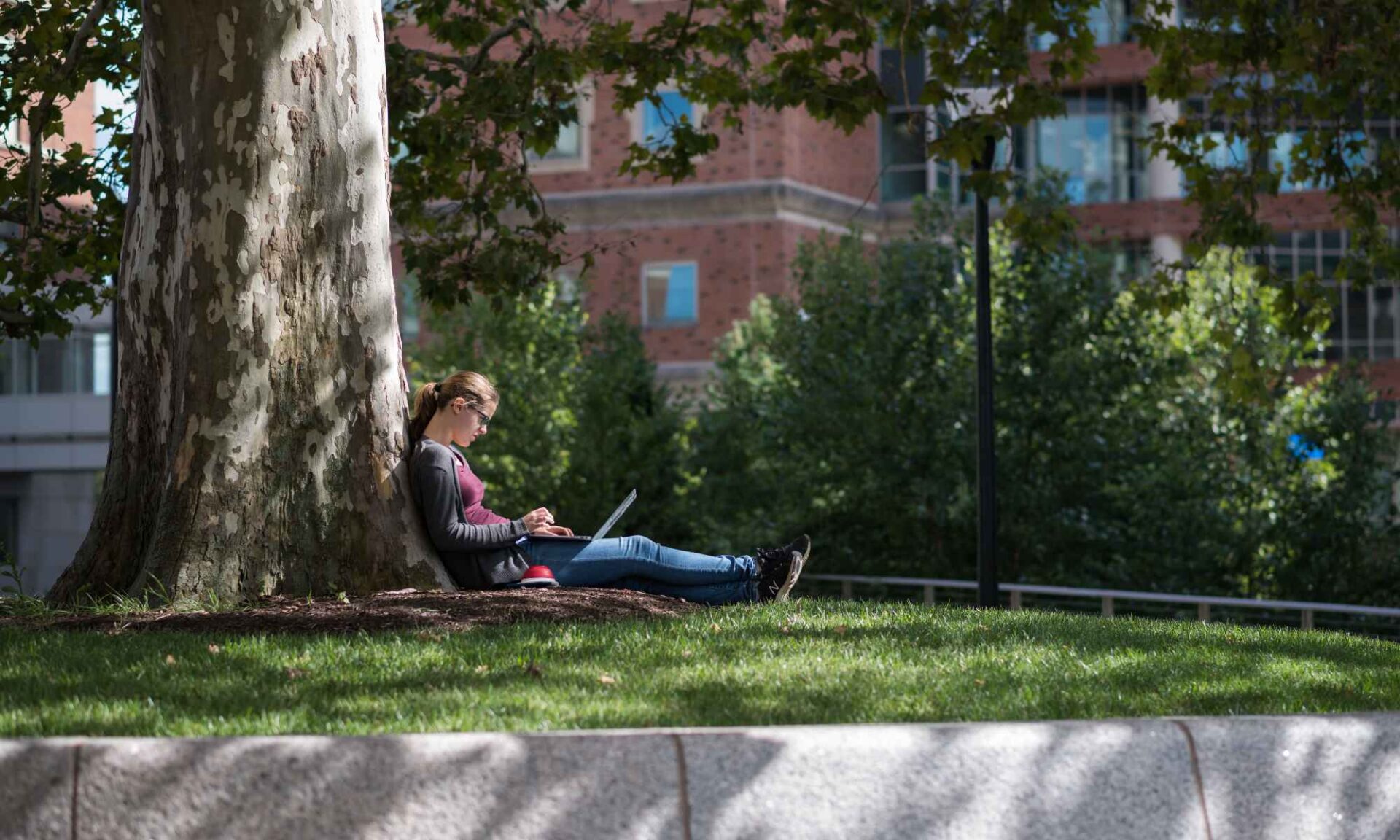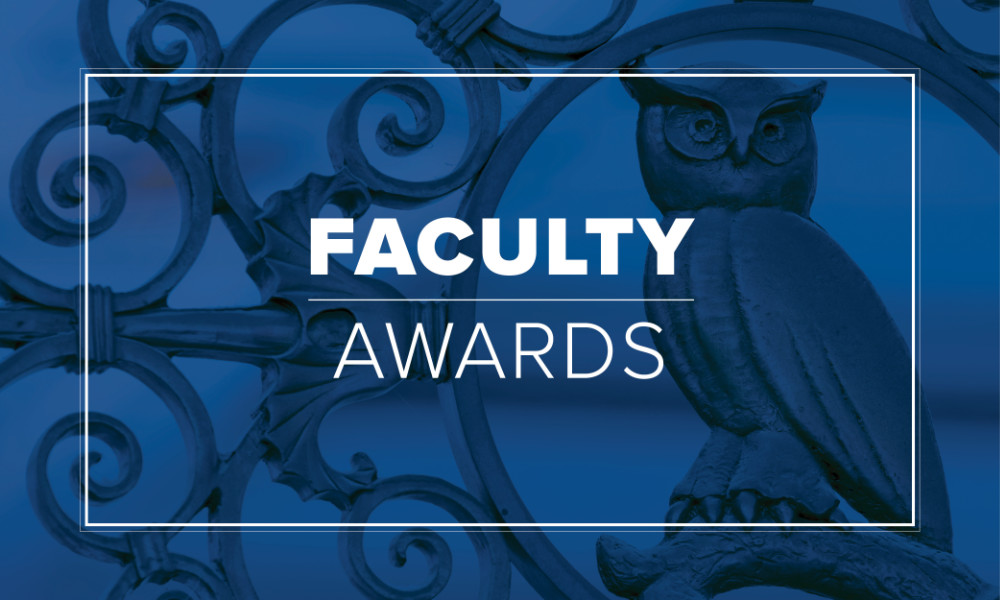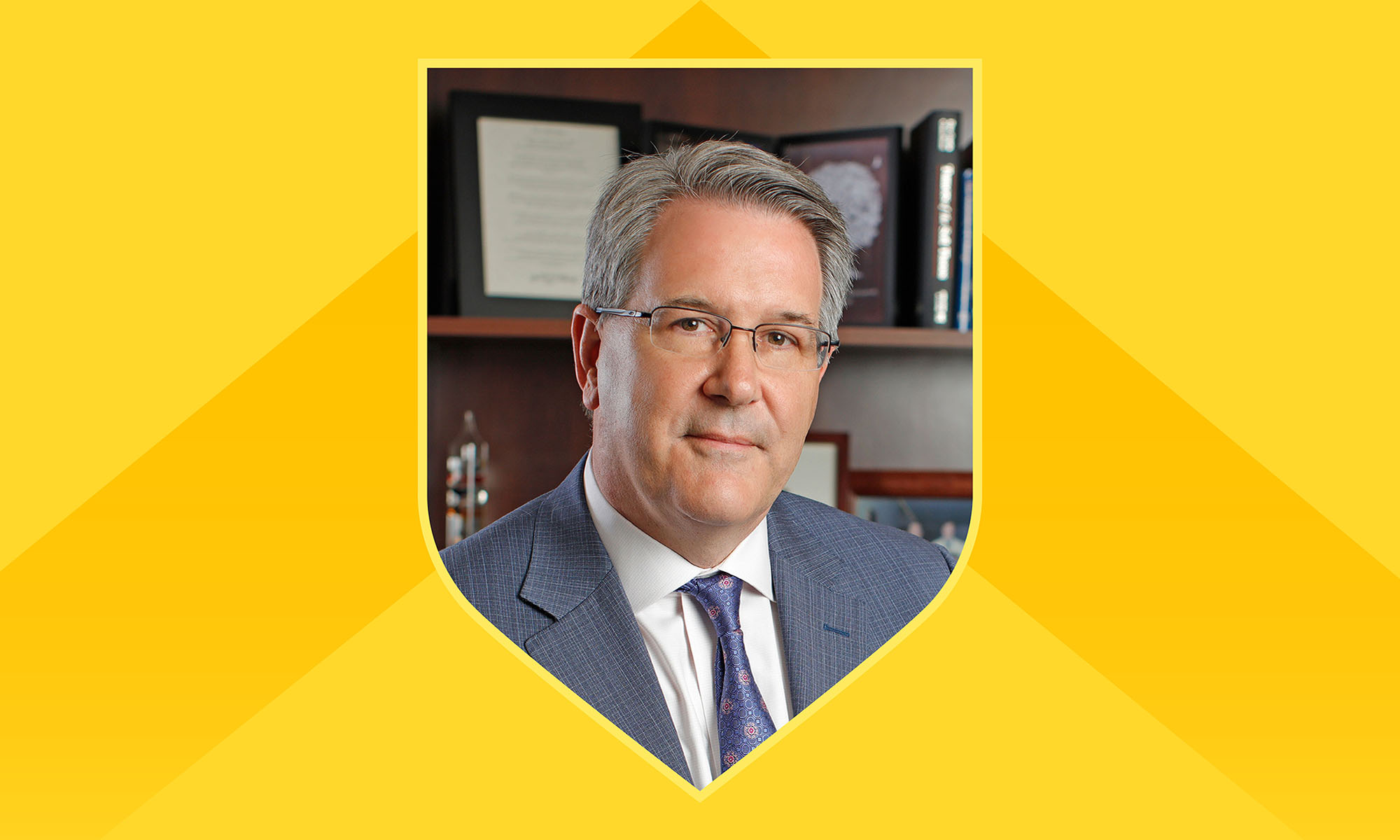The Digital Accessibility Policy, which goes into effect in January, was created with input from collaborators across the institution.
The University of Rochester has established a new policy to ensure websites and other types of digital information are accessible to all. The Digital Accessibility Policy will take effect January 1, 2024, and will help the University meet legal standards and align its digital experiences with the institution’s core values.
University websites and digital resources created or undergoing significant revisions or redesigns after January 1, 2024, are expected to meet the World Wide Web Consortium’s Web Content Accessibility Guidelines (WCAG 2.2 Level AA), an internationally recognized standard for digital accessibility. Stakeholders from across the University provided input on policy development, including the Office of Counsel and all members of the University’s Web Governance Council.
Accessible in this context means that people of all abilities and situations can access digital experiences. This includes those with visual, motor-control, auditory, cognitive, and other disabilities. The new policy ensures equal access to all digital content and resources, including websites, documents, multimedia, online forms, and web applications.
Read an interview with Ewa Zennermann for an in-depth conversation about how accessibility benefits everyone.
To implement and support the policy, the University has established a new digital accessibility team led by Ewa Zennermann, director of digital accessibility, and part of the Office of University Communications. Zennermann has worked in higher education for more than 14 years, leading the University of West Georgia’s efforts to create inclusive digital experiences as a director of web services. She is joined by Rachel Cherry, a digital accessibility developer, who has more than 16 years of experience as a focused specialist in digital accessibility and front-end web engineering, working primarily in higher education and enterprise-level environments.
Establishing the team and creating the policy was a collaborative effort led by the University’s Web Governance Council, cochaired by Jenny Leonard, associate vice president of digital strategy for University Communications, and Mike Jones, assistant director of web communications for Arts, Sciences & Engineering; and by the Digital Accessibility Taskforce, cochaired by Brian Harrington, executive director of information technology services for the School of Nursing, and Lori Packer, director of social media for University Communications.
“Creating an environment that embraces diversity and ensures equal representation for all voices in the digital space is the goal,” Zennermann says. “By promoting accessibility, we aim to break down barriers, foster collaboration, and unleash the full potential of our vibrant digital community.”
Harrington highlighted the contributions of collaborators across the University, saying, “The Accessibility Task Force is grateful to the Office of Disability Resources, the University Intercessor, Office of Counsel, Patient Relations, several faculty members across the University, senior leadership, and many others for their engagement, time, and consultation as our team worked toward this goal.”
“This is more than just a policy—it’s about people, our commitment to the University’s community, and a practical manifestation of our Meliora values to ensure a welcoming digital environment that allows everyone to succeed and thrive,” Zennermann says. “The benefits of digital accessibility extend far beyond the realm of disability. Designing with accessibility in mind often leads to more intuitive, streamlined interfaces, benefiting all users regardless of ability.”
Empowering contributors through training and support
The new digital accessibility team has been established to support the University community in creating accessible digital experiences. The team’s goal is to ensure that everyone has the chance to learn about accessibility, understand it as a shared responsibility, and contribute.
“We provide training, tools, resources, and processes for each role, empowering individuals to make a difference,” says Zennermann.
New digital accessibility website and resources
The digital accessibility team is working on a new digital accessibility website, an online hub designed to guide and support the University community in implementing the Digital Accessibility Policy. The website will feature many resources, including tutorials on creating accessible content, guides on using assistive technologies, and outlines for ensuring technology purchases meet accessibility standards.
“We encourage everyone to explore these resources as we expand our website and join us in our mission of making the University of Rochester digitally inclusive,” Zennermann says.
In the coming months, the digital accessibility team will focus on developing a comprehensive, long-term accessibility roadmap in collaboration with partners and senior leaders across the University.
“We aim to track our progress and ensure we accomplish impactful goals. We will be implementing metrics and benchmarks to gauge our progress, with a constant feedback loop to keep us in sync with the needs of our community. This isn’t just about checking off boxes and compliance—it’s about doing our best for our students, faculty, staff, and the community,” says Zennermann.“We are excited to embark on this journey, and we look forward to the continued support of our community as we strive to make the University of Rochester a model for digital inclusivity.”
- For more information, visit the Digital Accessibility Policy page or the digital accessibility website.
Q&A with Ewa Zennermann, director of digital accessibility

Tell us more about your new role at the University of Rochester and how it relates to diversity, equity, and inclusion efforts.
ZENNERMANN: As the University’s inaugural director of digital accessibility, I oversee and implement initiatives that promote and ensure accessibility in a digital realm. I work closely with various departments and stakeholders to ensure that our digital platforms, websites, and online content are accessible to all individuals, regardless of their abilities or disabilities. By improving digital accessibility, we strive to create an inclusive environment that allows everyone to fully participate and engage in the University’s educational and other experiences. We are committing to our strategic plan to be a university that cultivates diversity and an equitable and inclusive environment where students, faculty, and staff can have boundless possibilities and flourish.
How important has accessibility become in higher education?
ZENNERMANN: Digital accessibility in higher education is becoming an imperative driven by institutions’ missions to ensure each student’s success. Universities and colleges recognize the importance of inclusive learning environments catering to all diverse needs. The US Department of Justice and the Department of Education Office for Civil Rights (OCR) underscored the importance of equal access when it issued a “Dear Colleague” letter earlier this year, making it explicit that higher education institutions are obligated to meet accessibility standards. However, the goal of accessibility extends beyond regulatory compliance or the avoidance of complaints. Institutions proactively embrace accessibility because it aligns with their commitment to providing the highest-quality education to all students and quality service to the community.
Who is accountable for accessibility?
ZENNERMANN: When it comes to digital accessibility, everyone involved in the creation and distribution of content holds accountability. If you draft an email, you are responsible for ensuring it is accessible to all recipients. Similarly, if you deliver a presentation, your role extends beyond just being a speaker to becoming a provider of information in an accessible way to everyone in your audience. For educators, ensuring course content is accessible is a fundamental part of their responsibility to their students.
The notion of accessibility should not be viewed as the sole responsibility of an organization’s digital team. On the contrary, it is a collective responsibility that should be embedded in our thinking from the outset. Everyone involved in creating and distributing digital content must understand their role in making it accessible.
What misconceptions about accessibility do people have?
ZENNERMANN: One common misconception about digital accessibility is that it is intended to benefit only a small group of individuals with disabilities, when, in fact, accessibility helps all. For instance, captions are not only necessary for people who are hard of hearing but are also helpful for individuals in noisy environments or even those who prefer reading along with audio content in a non-native language.
What are other benefits of accessibility?
ZENNERMANN: Beyond the fundamental aspect of inclusivity, implementing accessibility brings many benefits. Not only does it expand the user base by making digital content accessible to all, but it also improves the overall user experience, leading to increased user satisfaction and engagement. Enhanced accessibility often results in improved search results, as accessible websites tend to have better SEO (search engine optimization) and performance. Moreover, prioritizing accessibility fortifies an institution’s reputation as it demonstrates a commitment to inclusion and equity. Ultimately, embracing digital accessibility opens doors to innovation, as it challenges designers and developers to think outside the conventional box and create solutions that meet the needs of a diverse audience.
What is the most challenging aspect of creating accessible content?
ZENNERMANN: Most people perceive creating accessible content as time-consuming, posing a significant challenge. However, this perception largely stems from the practice of considering accessibility as an afterthought rather than an integral part of the initial design and development process. When accessibility is factored in at the onset of a project, there are significant time and cost savings.
As digital content creators, we often design and develop content based on our own experiences and capabilities, inadvertently overlooking the diverse needs of users. This can lead to critical missteps, such as making a digital product incompatible with screen readers. Understanding and acknowledging this empathy gap is crucial to creating truly accessible content.
How can content creators at Rochester learn more or get assistance?
ZENNERMANN: They can contact the digital accessibility team at digitalaccessibility@rochester.edu. We are also launching and expanding a new digital accessibility website, which will provide a wealth of resources on digital accessibility and list all available training.
What are some key goals moving forward?
ZENNERMANN: One of our team’s key goals is to establish benchmarks that address the broad scope of accessibility in the digital world. By doing so, we aim to ensure that we proactively meet the accessibility needs of our students, faculty, staff, and the wider public. This commitment will help us move the accessibility needle and ensure that we are doing right by our community.





